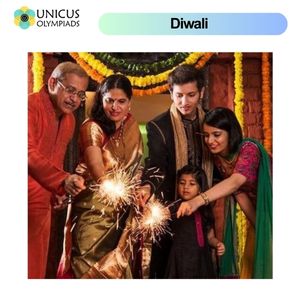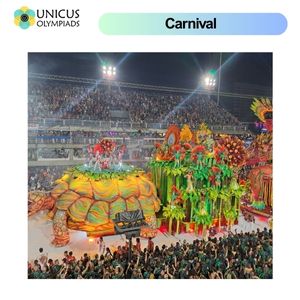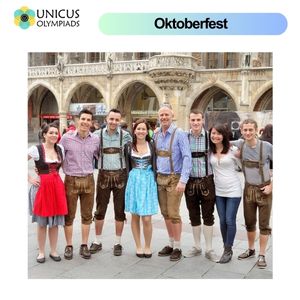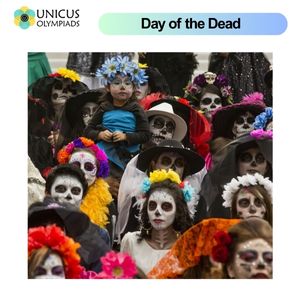

Global festivals are vibrant celebrations that reflect the diverse cultures, traditions, and histories of different countries. From clothing to music and food, each festival brings its own unique flair and style. In this article, we will explore the clothing, music, and food that are tied to major global festivals and their significance in these celebrations.




